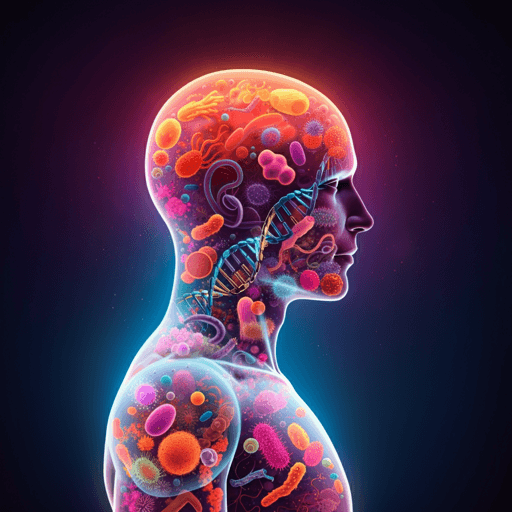
Medicine and Health
A systematic framework for understanding the microbiome in human health and disease: from basic principles to clinical translation
Z. Ma, T. Zuo, et al.
An integrative narrative review that reconceives the human microbiome as part of a 'meta-host', introducing concepts like the 'innate and adaptive genomes', 'germ-free syndrome', 'slave tissue', and 'acquired microbial immunity', and proposing the 'homeostatic reprogramming hypothesis' and 'cell-microbe co-ecology model' to explain post-industrial shifts in health. This research was conducted by Ziqi Ma, Tao Zuo, Norbert Frey, and Ashraf Yusuf Rangrez.
~3 min • Beginner • English
Related Publications
Explore these studies to deepen your understanding of the subject.







